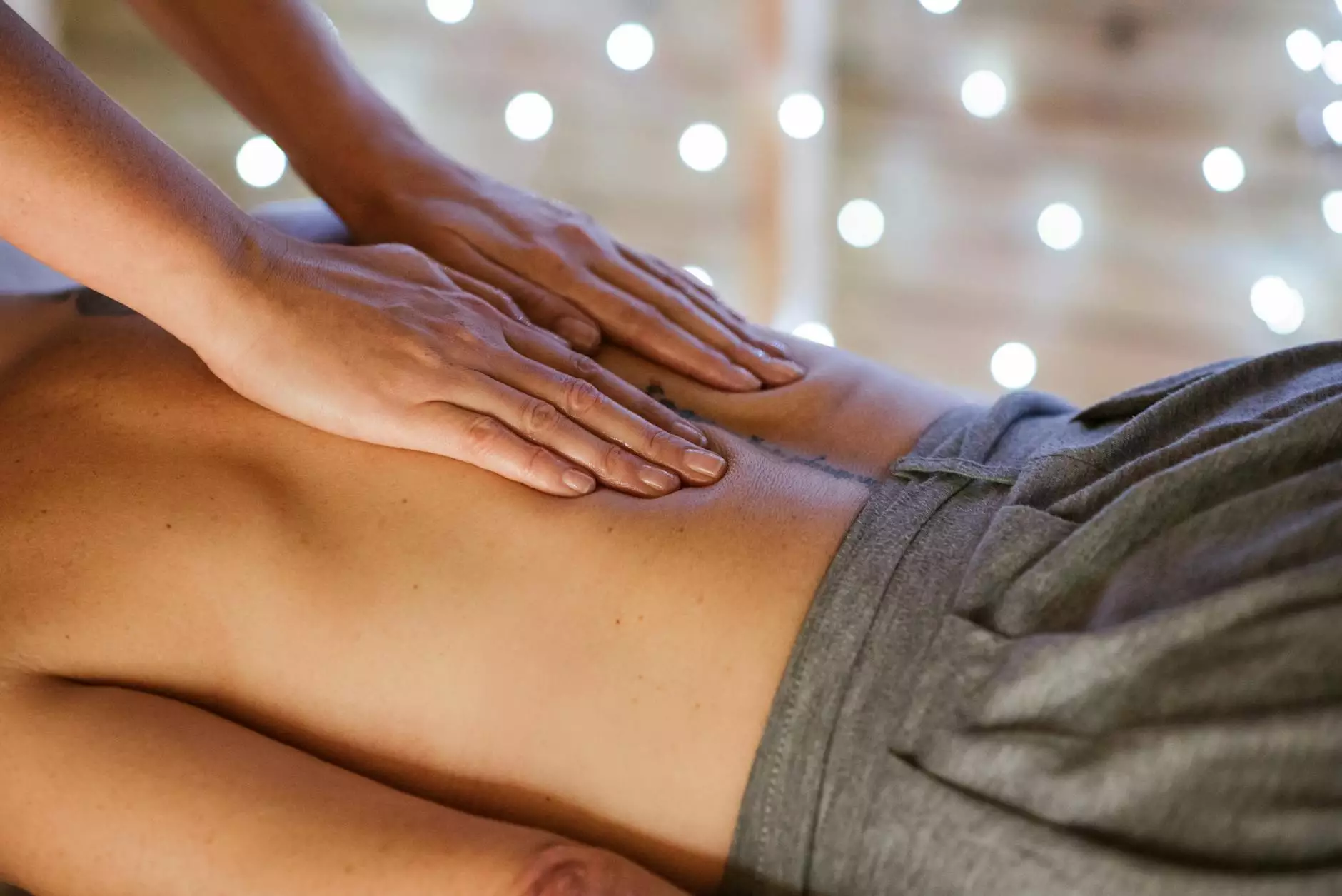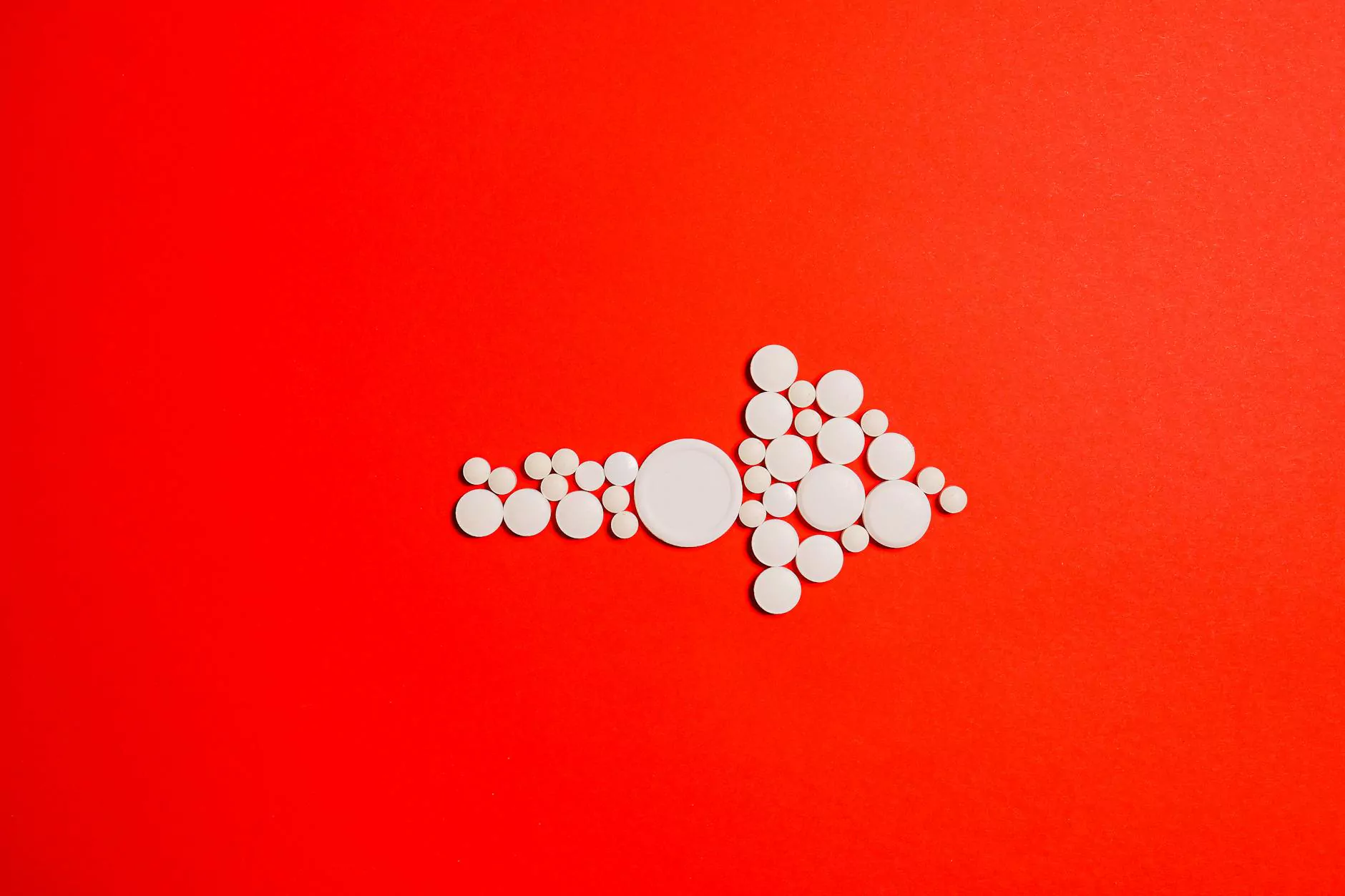Understanding AC Joint Separation and Its Rehab Protocol

The AC joint, or acromioclavicular joint, is a critical connection between the collarbone and the shoulder blade. An AC joint separation is a common injury that can occur due to falls, sports injuries, or direct impacts. Proper rehabilitation is vital to ensure full recovery and return to normal activities, especially for athletes or active individuals.
What is AC Joint Separation?
AC joint separation occurs when the ligaments holding the collarbone (clavicle) to the shoulder blade (scapula) become overstretched or torn, resulting in the clavicle moving out of position. This injury is classified into different grades based on severity:
- Grade I: Mild sprain of the AC ligaments.
- Grade II: Complete tear of the AC ligament but intact coracoclavicular (CC) ligaments.
- Grade III: Complete tearing of both AC and CC ligaments, leading to significant joint displacement.
Symptoms of AC Joint Separation
Individuals with an AC joint separation may experience a range of symptoms including:
- Pain: Localized at the top of the shoulder.
- Swelling: Around the injured joint.
- Tenderness: When pressing on the AC joint.
- Deformity: Prominence of the clavicle in severe cases.
- Reduced mobility: Difficulty moving the shoulder or arm.
The Importance of Rehabilitation Protocol
Adhering to an AC joint separation rehab protocol is essential for promoting healing, restoring functionality, and preventing future injuries. Rehabilitation should focus on:
- Pain Management: To minimize discomfort during the healing process.
- Range of Motion: To restore normal movement through gentle exercises.
- Strengthening: To rebuild the muscles supporting the shoulder joint.
- Stability: To ensure the joint remains secure during movement.
Phases of AC Joint Separation Rehabilitation
The rehab protocol can be divided into distinct phases, each with specific goals and exercises:
Phase 1: Initial Recovery (Days 1-7)
During the first week post-injury, the primary focus is on pain relief and swelling reduction. Recommended strategies include:
- Rest: Avoid movements that aggravate pain.
- Icing: Apply ice packs for 15-20 minutes every hour.
- Compression: Use elastic bandages to minimize swelling.
- Elevation: Keep the shoulder elevated to reduce swelling.
Phase 2: Gentle Range of Motion (Weeks 2-4)
Once the acute symptoms subside, gentle range of motion exercises can begin. These should be performed 2-3 times daily:
- Pendulum Swings: Lean forward and let the arm hang down. Gently swing the arm.
- Cross-body Arm Stretch: Use the healthy arm to pull the injured arm across the chest.
- Shoulder Flexion: Raise the arm in front of you to shoulder height.
Phase 3: Strengthening (Weeks 4-8)
As strength begins to return, more dynamic exercises can be introduced to rebuild muscle around the shoulder:
- Isometric Exercises: Pressing the shoulder against a wall with no movement.
- Resistance Band Exercises: Light resistance bands can be used for lateral raises and shoulder internal/external rotations.
- Scapular Stabilization: Focus on exercises that strengthen the muscles around the shoulder blade.
Phase 4: Functional Rehabilitation (Weeks 8-12)
In the final phase, the focus shifts to returning to functional movements and sport-specific training. Activities may include:
- Push-ups: Start with wall push-ups progressing to standard push-ups.
- Weighted Shoulder Press: Introduce light weights for overhead pressing.
- Sport-Specific Drills: Work on movements relevant to your sport (e.g., throwing for baseball players).
Conclusion: Prioritizing Recovery and Long-term Health
Adhering to an effective AC joint separation rehab protocol is crucial for a successful recovery. It is important to understand that every individual is different, and rehabilitation timelines may vary based on the severity of the injury and personal health factors. Consulting with a healthcare provider or physical therapist is advisable before starting any rehab exercises to ensure safety and effectiveness.
Additional Tips for Effective Rehabilitation
Beyond the structured rehab program, consider incorporating the following:
- Nutrition: A balanced diet rich in protein, vitamins, and minerals can promote healing.
- Hydration: Maintaining adequate fluid intake supports overall health.
- Regular Check-ins: Schedule follow-up appointments with your healthcare provider to monitor progress.
- Patience: Recovery takes time; stay committed to your plan without rushing the process.
By understanding the dynamics of AC joint injuries and committing to a comprehensive rehabilitation protocol, individuals can achieve full recovery and return to their beloved activities stronger and more resilient than before.









